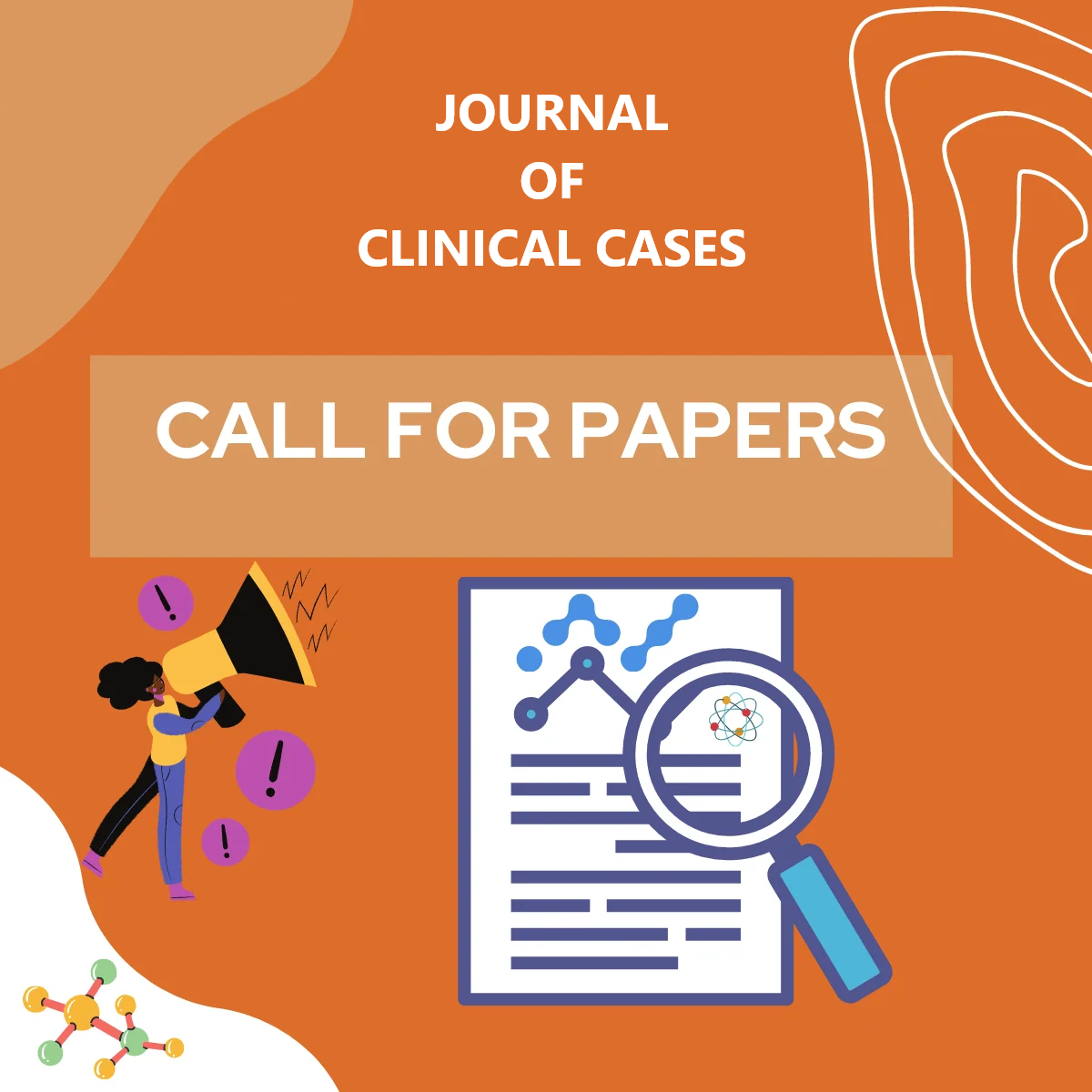Journal Citations
- Crossref
- PubMed
- Semantic Scholar
- Google Scholar
- Academia
- SCRIBD
- ISSUU
- Publons
- MENDELEY
Share This Page
Journal Page

Selected Elements Of Quality Of Life Assessment In Women With Urinary Incontinence
Katarzyna Juszczak, Julita Wujas and Piotr Juszczak
Department
Calisia University, Department of Medicine and Health Science, Kalisz,
Poland
Graduate in nursing,, Calisia University, Department of Medicine and
Health Science, Kalisz, Poland
Mikolaj Kopernik High School III in Kalisz
Corresponding Author: Katarzyna Juszczak
Published Date: 31 January 2024; Received Date: 11 January 2024
Summary
1.2. Introduction:
The problem of urinary incontinence affects people all over the world;
however, it definitely affects women more often because of predisposing
factors, among which are: anatomy and physiology of urinary-genital
system, natural childbirth, menopause, gynecological procedures. In the
case of the inguinal hernias, the inguinal hernia is an invasive disease
with a high risk of recurrent inguinal hernias and a high risk of inguinal
hernias with a high risk of recurrent inguinal hernias. Women, due to the
embarrassment and intimacy of the problem, do not report it and do not
consult anyone, in a way trying to cope with it on their own. The growing
fear of “uncovering” the problem, is often the basis for developing mental
disorders, and even depression. This in turn leads to a gradual withdrawal
from individual spheres of a woman’s life. The problem of urinary
incontinence affects many spheres of a woman’s everyday functioning,
therefore it is important to undertake educational activities concerning
this embarrassing and still current problem [1,2].
1.2. Material and methods:
The study involved 127 women with diagnosed urinary incontinence
under the care of a urology outpatient clinic. An original questionnaire
was used containing 25 closed questions concerning episodes of UI,
diagnosis of UI, type of UI, duration of the disease, time of UI appearance,
treatment of UI, situations in which UI occurs, sexual activity, number and
method of births, influence of UI on life spheres, influence of UI on quality
of sexual life, influence of UI on sexual activity.
1.3. Results:
The respondents were most commonly diagnosed with stress urinary
incontinence 81,9% (n=104), with the remaining respondents having
urgency 10,2% (n=13) and mixed incontinence 7,9% (n=10). Urinary
incontinence occurred most frequently in postmenopausal women 27,6%
(n=35), less frequently in menopausal women 20,5% (n=26), after
childbirth 12,6% (n=16) or in other situation 22,8% (n=26). Urinary
incontinence most commonly affected the physical sphere 87,4% (n=111),
the mental sphere 79,5% (n=101) and the social sphere 78,7% (n=)94.
Less commonly, it affected the economic sphere 28,3% (n=36), the sexual
sphere 26,8% (n=34), and the occupational sphere 13,4% (n=17). The
problem of urinary incontinence affected the quality of sexual life in such
a way that the respondents most often felt embarrassment 24,4% (n=31),
avoided intercourse 18,9% (n=24), found it difficult to reach orgasm 7,1%
(n=9), experienced pain during intercourse 3,9% (n=5) or lack of interest
in sex 3,1% (n=4).
1.4. Conclusions:
Respondents rate their quality of life at a moderate level, quality of life
varies individually in different spheres of life. Urinary incontinence
affects all spheres of women’s functioning: physical, mental, social. The
limitations resulting from the disease have a major impact on the patient’s
perception of his quality of life and daily functioning

